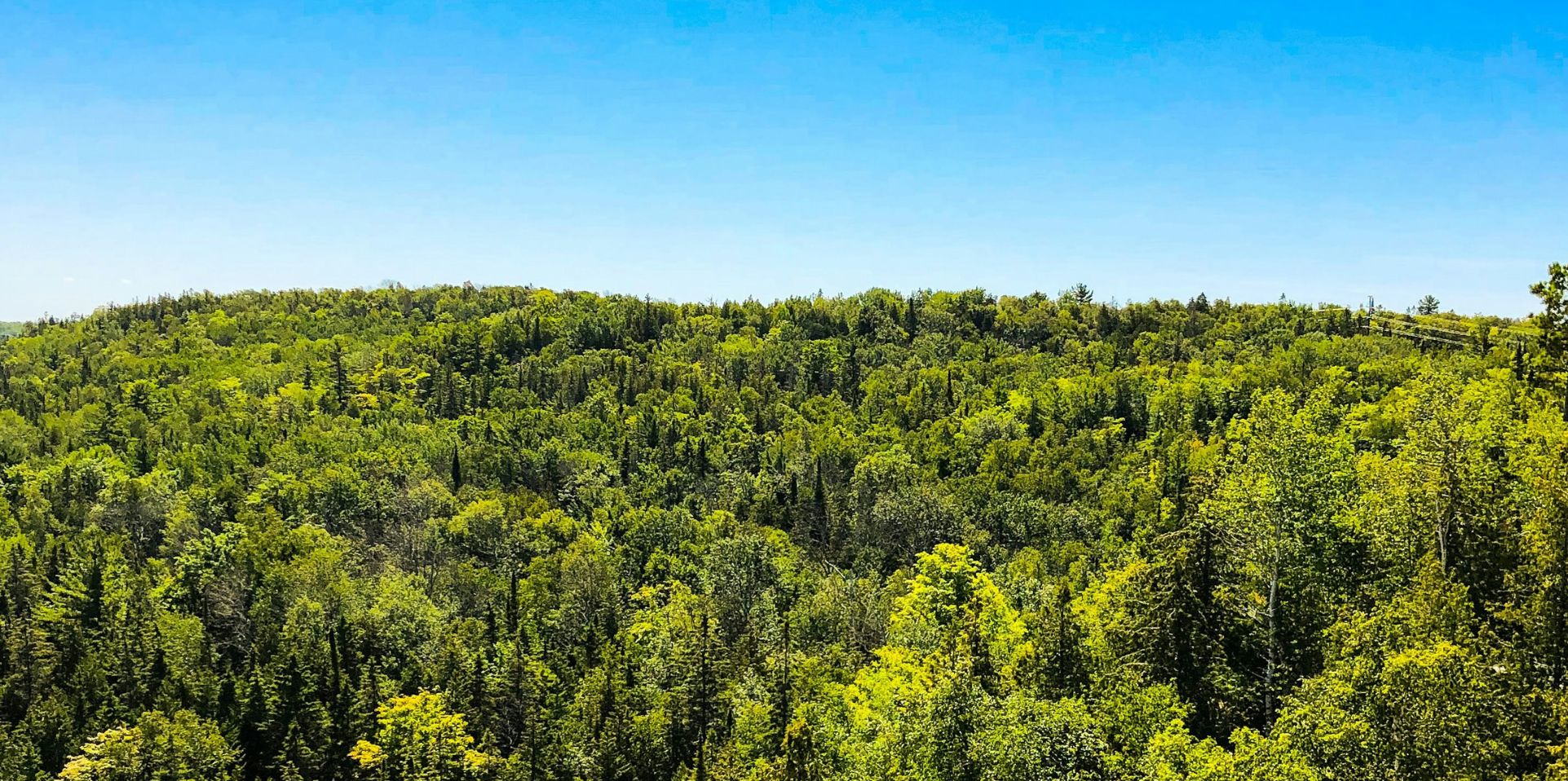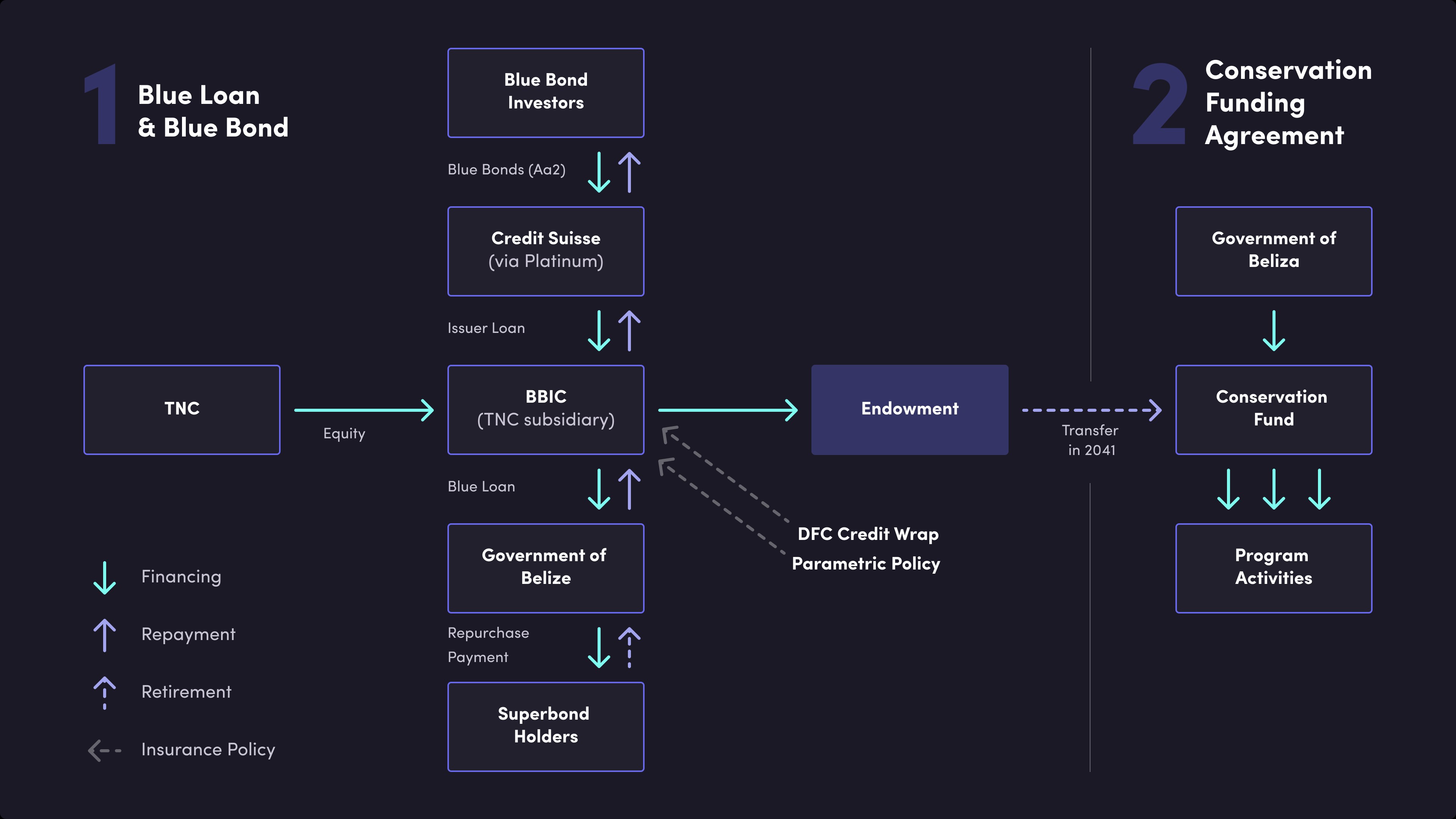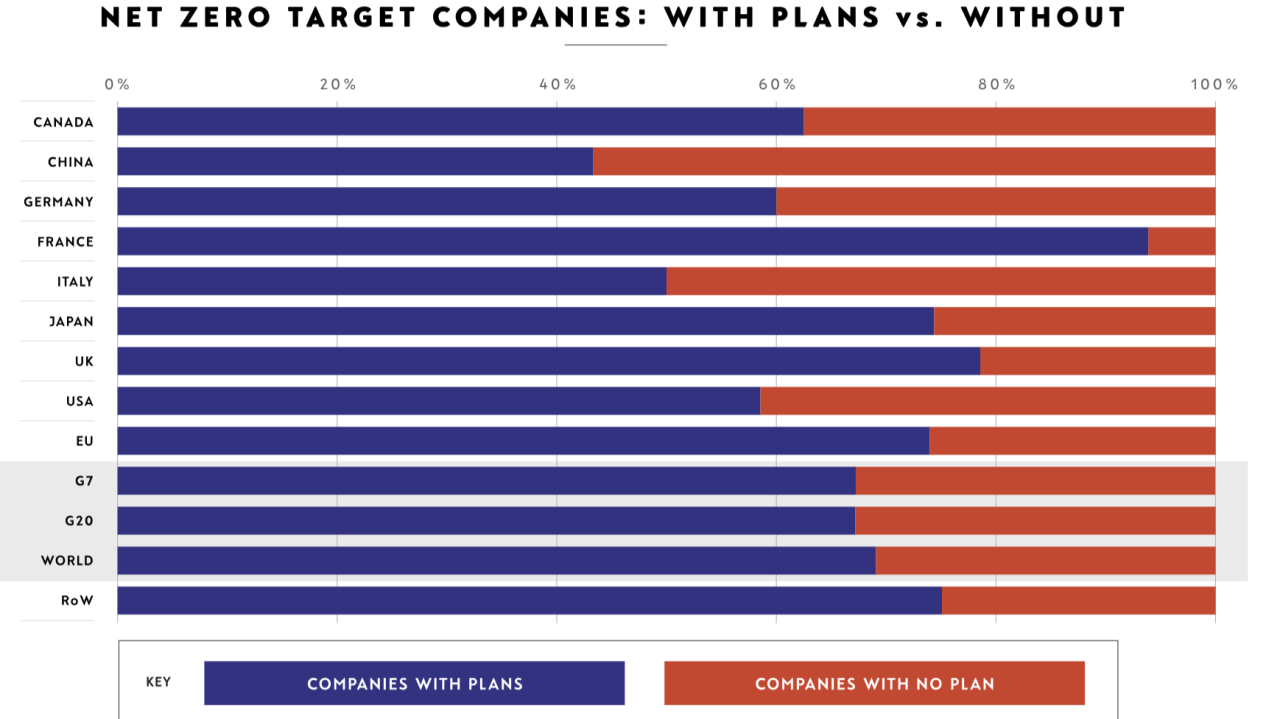
What are nature bonds?

Prasad Gollakota
20 years: Capital markets & banking
Understanding the distinct role of nature bonds compared to green and blue bonds.

Nature bonds are innovative financial instruments that directly target biodiversity preservation by restructuring national debt. Unlike green bonds, which fund general environmental projects, or blue bonds, which focus on ocean conservation, nature bonds explicitly tie financial outcomes to biodiversity targets. To date, the prominent examples have involved a debt-for-nature swap, allowing countries to redirect savings toward conservation while also benefiting from debt relief.
Belize nature bond case study
In November 2021, The Nature Conservancy (TNC) and the Government of Belize finalised a landmark $364 million debt conversion aimed at marine conservation. This innovative financial arrangement reduced Belize's national debt by 12% of its Gross Domestic Product (GDP) and established a sustainable funding mechanism dedicated to preserving the country's marine ecosystems. The transaction stands as the largest debt refinancing for ocean conservation to date, setting a precedent for similar initiatives worldwide.
Background
Belize's economy is heavily reliant on its rich marine resources, including the Mesoamerican Reef, the second-largest barrier reef system globally, with only the Great Barrier Reef in Australia being larger. However, by 2020, the nation faced severe economic challenges, with public debt surpassing $1.5 billion, exceeding its GDP. The COVID-19 pandemic exacerbated these issues, leading to a 16.7% economic contraction and a debt level reaching 133% of GDP. The country's primary external commercial debt, a $553 million Eurobond known as the "Superbond," was trading at a significant discount due to investor concerns over Belize's repayment capabilities.
Structure of the debt conversion
To address these financial and environmental challenges, Belize collaborated with TNC to repurchase the Superbond at 55 cents on the dollar, resulting in a principal reduction of $189 million. This repurchase was financed through a "blue loan" arranged by TNC's impact investment unit, NatureVest. The loan was underpinned by political risk insurance from the U.S. International Development Finance Corporation (DFC), which enhanced the creditworthiness of the transaction. Credit Suisse facilitated the financing by issuing blue bonds, rated Aa2 by Moody's, to fund the loan.
Original source: The Nature Conservancy
Financial outcomes
The debt conversion yielded substantial fiscal benefits for Belize:
- Debt reduction: The transaction decreased Belize's debt stock by $189 million, equating to a 12% reduction in GDP.
- Debt service savings: Over a 20-year period, Belize is projected to save approximately $200 million in debt service payments, with $53.6 million saved in the initial five years.
- Extended maturity: The maturity of the restructured debt was extended by 6.5 years, providing Belize with enhanced fiscal flexibility.
- Credit rating improvement: Following the transaction, Standard & Poor's upgraded Belize's unsecured foreign currency credit rating from Selective Default to B-, reflecting improved creditworthiness.
Conservation commitments
As a condition of the debt conversion, Belize committed to several marine conservation initiatives:
- Marine protection: By 2026, Belize aims to place 30% of its ocean territory, including significant portions of the Mesoamerican Reef, under protection.
- Marine spatial planning: The country will develop a science-based, participatory Marine Spatial Plan to guide the designation and management of protected areas.
- Conservation funding: Belize agreed to allocate an average of $4.2 million annually over 20 years to marine conservation efforts, totalling approximately $84 million.
- Endowment establishment: An endowment fund, initially capitalised with $23.5 million borrowed through the blue loan, is expected to grow to an estimated $92 million by 2041, ensuring long-term financing for conservation activities.

Implementation mechanisms
To manage the conservation funds effectively, Belize established an independent conservation fund, known as the Belize Fund for a Sustainable Future, governed by a board comprising government officials, non-governmental organisations, academia, fisheries, tourism representatives, and community leaders. This multi-stakeholder governance structure ensures transparency, accountability, and the alignment of conservation activities with national priorities.
Innovative financial instruments
The transaction incorporated several innovative financial instruments to mitigate risks:
- Political risk insurance: The DFC provided insurance covering "non-payment of an arbitral award" and "denial of justice," enhancing investor confidence.
- Parametric insurance: A commercial parametric insurance policy was included to protect against natural disasters, ensuring that conservation funding remains stable even in the event of environmental catastrophes.
Impact and significance
This debt conversion represents a pioneering approach to aligning financial restructuring with environmental conservation. By reducing its debt burden, Belize has improved its fiscal health while securing substantial, long-term funding for marine conservation. The commitment to protect 30% of its ocean territory by 2026 positions Belize as a leader in marine conservation, contributing significantly to global biodiversity preservation efforts.
The success of this transaction serves as a model for other nations facing similar economic and environmental challenges. It demonstrates how innovative financial mechanisms can be leveraged to achieve dual objectives of fiscal sustainability and environmental stewardship. By integrating debt management with conservation commitments, countries can unlock new pathways for sustainable development that benefit both their economies and natural ecosystems.
Smart solutions for biodiversity and livelihoods
The Belize case study should not be viewed solely as a solution for countries in financial distress. Instead, it highlights the critical need for innovative financial mechanisms in regions heavily reliant on biodiversity for their economic well-being. Countries like Belize, with economies deeply tied to natural resources such as coral reefs and fisheries, are also among the most vulnerable to climate change's devastating effects. These dual dependencies make smart, tailored solutions essential, not just for preserving biodiversity, but also for supporting the livelihoods and resilience of communities in these regions. By prioritising such approaches, we address both ecological preservation and the socioeconomic challenges faced by the most climate-vulnerable nations. This creates a model of sustainable development that benefits both people and the planet.

Prasad Gollakota
Share "What are nature bonds?" on
Latest Insights

Lights in the fog: Positive signals for sustainability investment
2nd October 2025 • Henry White
































